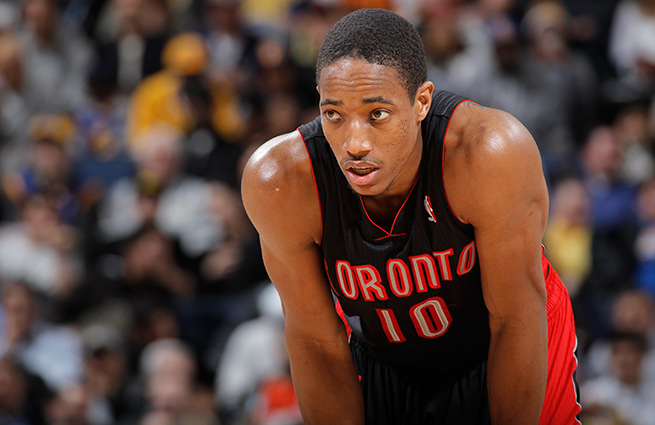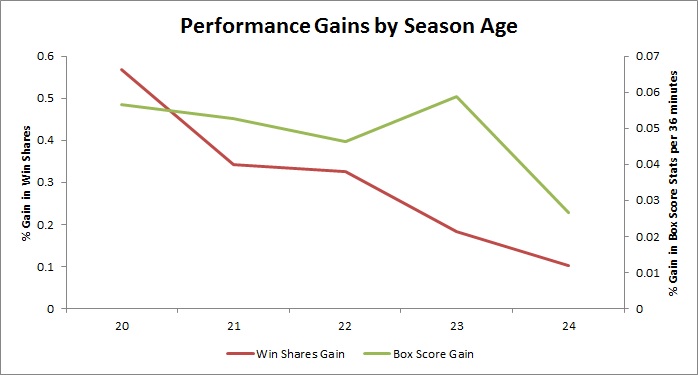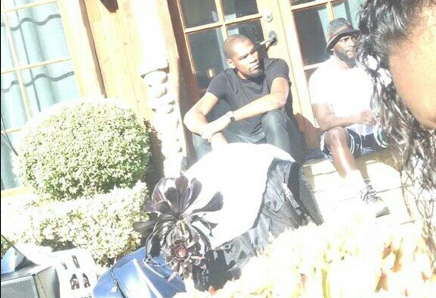A good number of Toronto Raptors fans seem content with the franchise bringing back the same core that surprisingly won the Atlantic Division and nearly beat the Brooklyn Nets in the first round of the playoffs this season. That’s fair, and it’s tough not to have become emotionally attached to previously unheralded contributors like Greivis Vasquez and Patrick Patterson, and if you’re not in love with Kyle Lowry, you’re watching basketball wrong.
There is, however, a bit of a trap in assuming that bringing the core back, adding the No. 20 pick, upgrading on John Salmons and factoring in the further development of young players will be “enough” for the team to remain as competitive as expectations will now surely suggest they should be.
Presently, the Raptors project to have about $42.5 million in salary committed to DeMar DeRozan, Amir Johnson, Landry Fields, Chuck Hayes, Steve Novak, Jonas Valanciunas, Terrence Ross, the No. 20 pick, guaranteed portions for Salmons and Tyler Hansbrough and the slight amount remaining on the cap for Marcus Camby. $42.5 million for eight players isn’t bad, and once cap holds are figured in for the four open mandatory roster spots (including an assumed minimum for one or both of the team’s two second round picks), the Raptors have a projected $18.7 million in cap space.
That is, if they renounced the rights to Lowry, Vasquez and Patterson, which they can’t and won’t do. The salaries for those three players threaten to eat all of that cap space, even if they all sign relatively modest deals (say Lowry gets a conservative $10 million annually, Vasquez and Patterson $4 million each). You then have an 11-man core with next to no cap space, leaving roughly $14 million under the luxury tax but only trades and the non-taxpayer mid-level exception (starting at $5.31 million) and other minor exceptions to fill out the roster.
So, if you’re bringing the whole gang back, you’re betting an awful lot that:
- The chemistry and synergy of last year’s team carries over
- The No. 20 pick is a contributor
- The mid-level is enough to appreciably upgrade the backup center or backup wing spot.
- DeRozan, Ross, Patterson and Valanciunas continue to develop
The last point is the most fundamental for the growth of the team if the core stays the same, and it’s both easy to understand and easy to misconstrue. Yes, the Raptors were young with an average age of 25.6, but that was just the 12th-youngest roster in the league. And yes, three of the team’s starters are 24 or under and no relevant contributor was over 27, but assuming linear growth is dangerous.
What I’m saying is this: Lowry had a career year, one he may match but is unlikely to ever improve upon; Johnson’s upside is established and consistent; and Vasquez can perhaps play better over the long haul but not better than he played down the stretch. Those are known commodities with a ceiling established, a ceiling that peaked at a first-round exit and could have, realistically, peaked with the second round, in a more fortunate timeline.
For growth, however, the team is then relying on four young players to continue to improve. That’s fair considering basketball players tend to peak around age 27 and these four are all 24 or under, but development appears to slow some after age 24. Most importantly, development is not linear. Valanciunas, Ross, DeRozan and Patterson were in their age 21, 22, 24 and 24 seasons, respectively. The graph below shows how players around those ages have evolved in the past three years as an example, using only players who played 1,000 minutes in at least two of the past three seasons sequentially (introducing a survivorship bias but hopefully eliminating some bit-player noise, giving us a 92-player pool). The table uses win shares as a catch-all metric and also shows “box score stats per 36 minutes,” summing points, rebounds, assists, steals and blocks on a per-36 minute basis.
| Age | N | Y1 WS | Y2 WS | WS Gain | Y1 Bx | Y2 Bx | Bx Gain |
|---|---|---|---|---|---|---|---|
| 20-21 | 12 | 2.48 | 3.88 | 56.9% | 25.42 | 26.86 | 5.7% |
| 21-22 | 18 | 3.17 | 4.26 | 34.3% | 26.73 | 28.14 | 5.3% |
| 22-23 | 29 | 4.17 | 5.53 | 32.5% | 27.68 | 28.97 | 4.6% |
| 23-24 | 34 | 4.75 | 5.62 | 18.3% | 26.69 | 28.26 | 5.9% |
| 24-25 | 35 | 4.85 | 5.35 | 10.3% | 26.64 | 27.35 | 2.7% |
What we see here is a positive for the Raptors, as players have continued to make gains to age 25. Though that slows significantly as players get closer to the generally accepted age 27 peak – aging is not a bell curve, either, but it approximates one more than a linear path – players who are, say, the age of DeRozan and Patterson, on average, were still improving.
While that’s obviously good news, especially since DeRozan made such strides this year to build on, it doesn’t mean you can expect DeRozan to continue steadily improving across the board. In fact, of the 35 players in the age range DeRozan is entering next year, 11 produced less in the boxscore and three saw no gains while 10 saw their win shares decline and one saw no gain. For the most part, players at this age are still improving, but it’s not universal.
As for Ross, well, the sample average showed steady growth from 21 to 23, so it’s reasonable to expect him to take further strides. And Valanciunas, while we’d expect that last season was his biggest development year, has a lot of upside still to tap into.
It’s my assumption that none of this is surprising, and while the quick study is anything but perfect, it backs up conventional wisdom on player development. Your younger players should continue to improve, with the least experienced taking bigger strides and the more experienced making more marginal gains, albeit ones compounded on improvements they may have already made.
As a result, expecting growth from the young pieces is fair, but resting the hopes of the team improving solely on that is risky – other teams, 11 of whom were actually younger than the Raptors, will have players develop as well, and several key contributors have already established their ceilings. Simply bringing back the whole band and relying on the youth to develop may not be enough to ensure the franchise continues on the upward trend it established in 2013-14.





